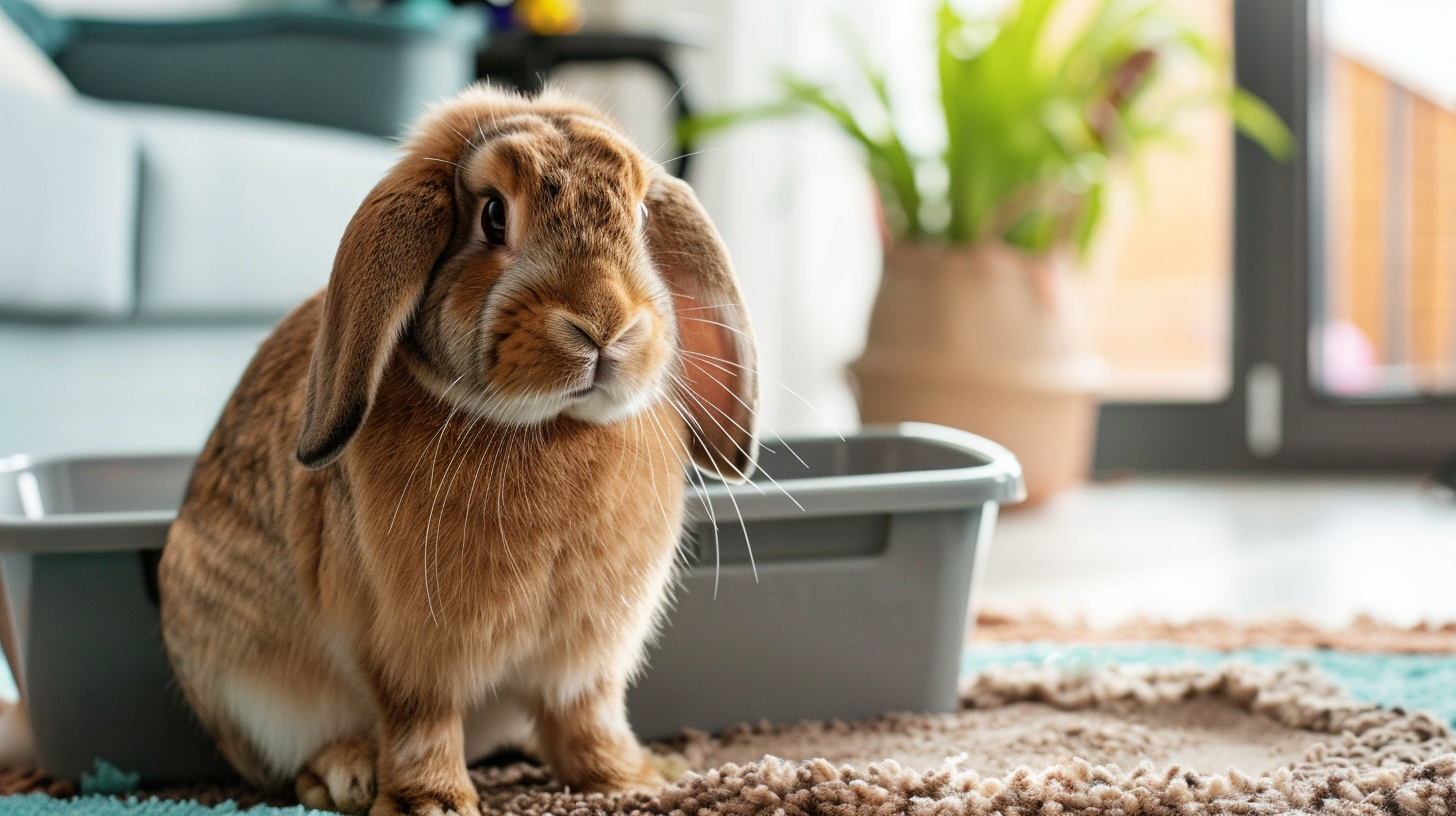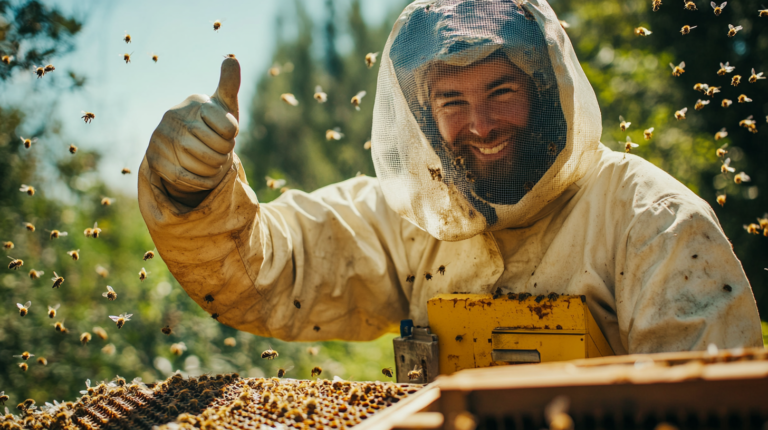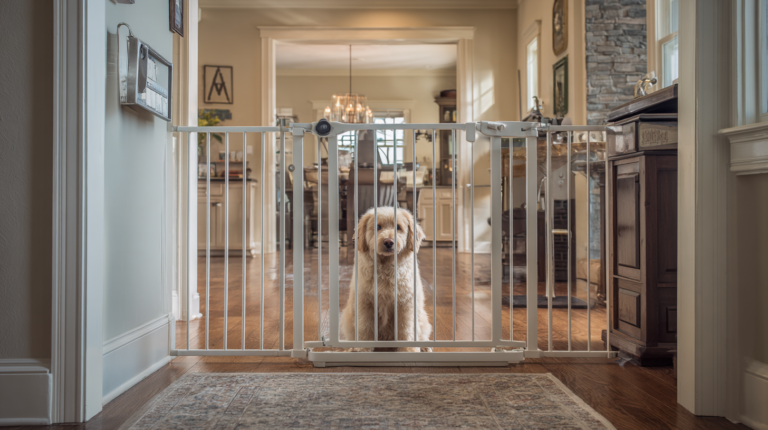Master rabbit litter training with 3 proven tips for house rabbits. Learn effective techniques, common mistakes to avoid, and expert advice for a cleaner, healthier bunny habitat.
Table of Contents
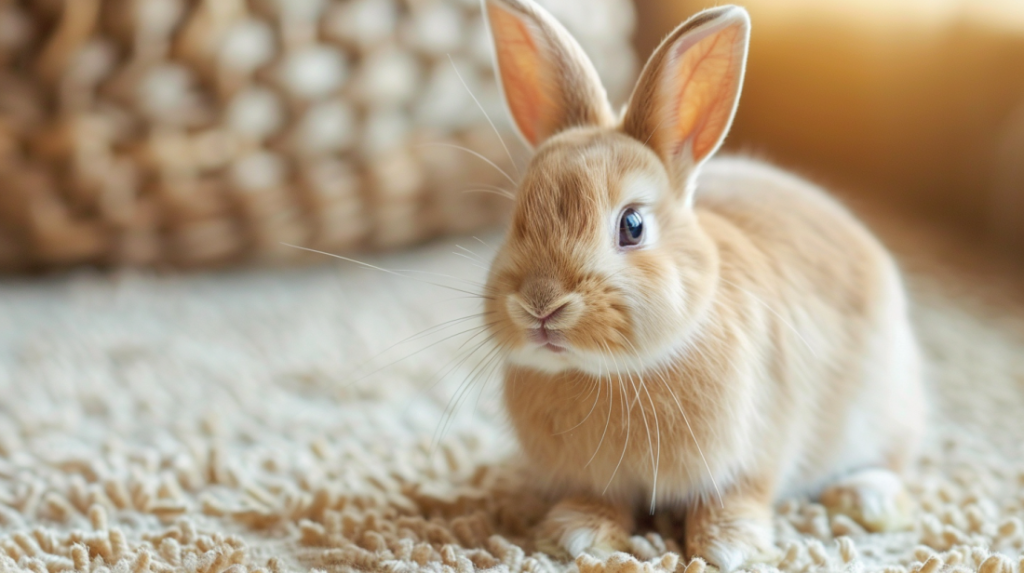
Introduction
Rabbit litter training might seem like an impossible task to new bunny parents, but the truth is that rabbits are naturally clean animals who prefer to use designated bathroom areas. Unlike cats or dogs, rabbits have an innate tendency to choose specific spots for their bathroom needs, making the litter training process surprisingly manageable when approached correctly.
According to the House Rabbit Society, over 90% of spayed or neutered rabbits can be successfully litter trained, transforming your pet ownership experience from constant cleanup to enjoyable companionship. Whether you’re welcoming your first house rabbit or struggling with an existing bunny’s bathroom habits, understanding the fundamentals of rabbit litter training will create a cleaner, more hygienic living environment for both you and your furry friend.
This comprehensive guide will walk you through three simple yet highly effective rabbit litter training techniques that have helped thousands of rabbit owners achieve success. From selecting the right litter box setup to understanding your rabbit’s natural behaviors, these proven strategies will set you on the path to a spotless, odor-free rabbit habitat.
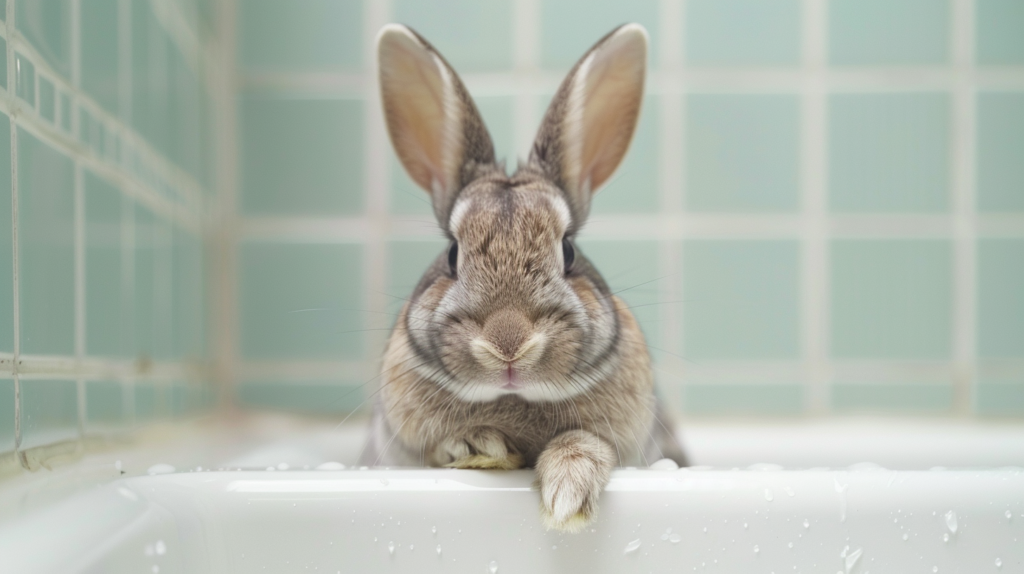
Understanding Rabbit Bathroom Behavior
Before diving into specific training techniques, it’s crucial to understand how rabbits naturally approach their bathroom habits. Wild rabbits typically designate specific areas within their territory for waste elimination, a behavior that domestic rabbits retain. This instinctual preference works in your favor during the training process.
Rabbits produce two types of droppings: hard, round pellets and softer cecotropes (also called “night droppings”). The hard pellets are what you’ll primarily be training your rabbit to deposit in the litter box, while cecotropes are typically consumed directly by the rabbit as part of their natural digestive process.
Research from the American Rabbit Breeders Association indicates that rabbits over 12 weeks old have better bladder control and are more receptive to litter training. Younger rabbits may still have accidents as they develop physical maturity and behavioral patterns.
Key Behavioral Factors
Understanding these behavioral elements will significantly improve your training success:
- Territorial marking: Unspayed/unneutered rabbits are more likely to mark territory with urine
- Routine preferences: Rabbits prefer consistent bathroom locations
- Social hierarchy: Multi-rabbit households may require multiple litter areas
- Stress responses: Changes in environment can temporarily disrupt litter habits
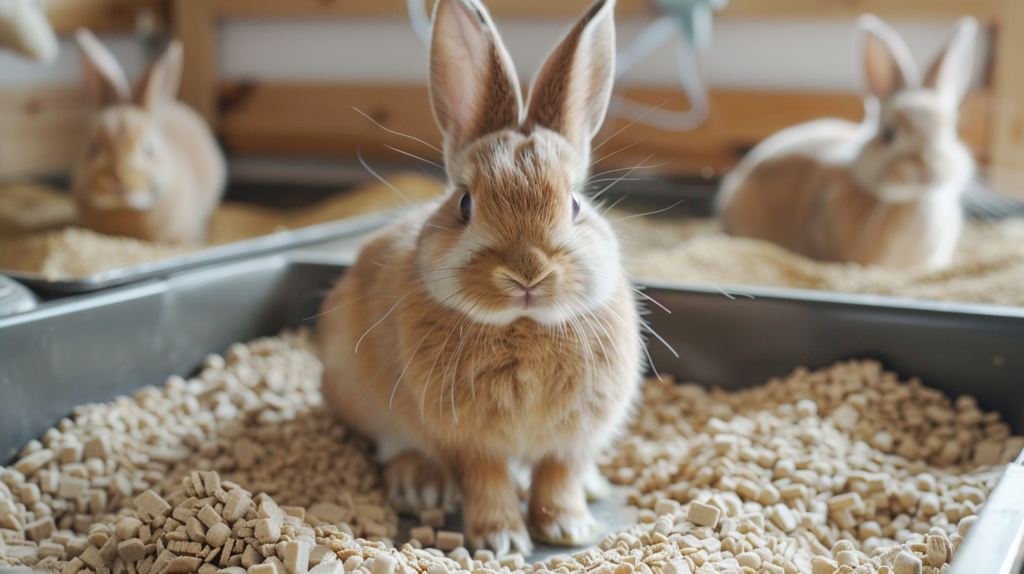
Tip #1: Choose the Right Litter Box Setup
The foundation of successful rabbit litter training lies in selecting appropriate equipment and placement. Unlike cat litter boxes, rabbit setups require specific considerations for safety, comfort, and effectiveness.
Litter Box Selection
Size matters significantly when choosing a litter box for your rabbit. The box should be large enough for your rabbit to sit comfortably inside with room to turn around. For medium-sized rabbits (4-8 pounds), a box measuring at least 18 inches long by 12 inches wide works well. Larger breeds may require boxes up to 24 inches long.
Corner litter boxes are particularly effective for rabbits who prefer to back into corners when eliminating. These triangular-shaped boxes fit naturally into cage corners or room corners where rabbits often choose to go.
Recommended Litter Box Features:
- Low entry sides (2-3 inches) for easy access
- High back walls (6-8 inches) to prevent spray-out
- Non-slip base to prevent sliding
- Easy-to-clean materials like plastic or metal
Safe Litter Materials
Never use clay-based or clumping cat litters, as these can cause serious digestive issues if ingested. Instead, opt for these rabbit-safe alternatives:
Paper-Based Litters:
- Highly absorbent and dust-free
- Excellent odor control
- Completely safe if consumed in small amounts
- CareFresh and Yesterday’s News are popular brands
Wood Pellets:
- Natural and biodegradable
- Excellent absorption when they break down
- Cost-effective for large rabbits
- Avoid cedar or pine shavings due to respiratory irritants
Hay-Based Litters:
- Combines litter and food source
- Encourages natural foraging behavior
- Completely digestible and safe
- Higher cost but excellent for sensitive rabbits
Strategic Placement
Location determines success more than any other single factor. Observe your rabbit’s current bathroom preferences before placing the litter box. Most rabbits prefer corners, areas near their food and water, or spots with some privacy.
Place the litter box in the corner where your rabbit already tends to go. If you’re starting fresh, choose a quiet corner away from high-traffic areas but still within the rabbit’s main living space.
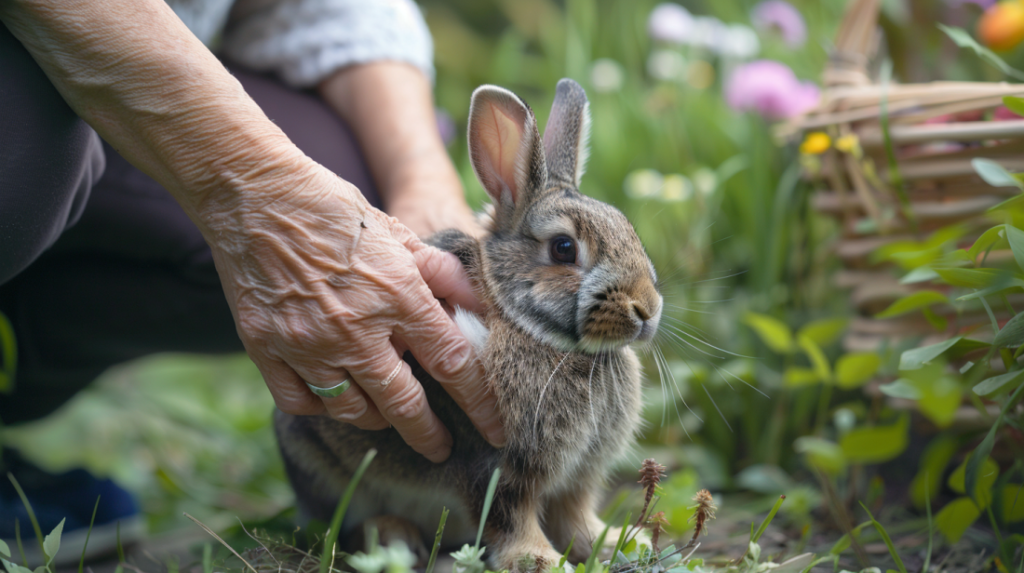
Tip #2: Establish a Consistent Training Routine
Consistency forms the backbone of effective rabbit litter training. Unlike punishment-based training methods that don’t work with rabbits, positive reinforcement and routine establishment create lasting behavioral changes.
Creating Daily Routines
Rabbits thrive on predictable schedules, and bathroom habits are no exception. Establish consistent feeding times, as rabbits typically need to eliminate shortly after eating. This natural rhythm helps you predict when your rabbit will need the litter box.
Daily Training Schedule:
- Morning (7-8 AM): Fresh hay in litter box, clean water
- Mid-morning (9-10 AM): First supervised exercise time
- Afternoon (2-3 PM): Pellet feeding, litter box check
- Evening (6-7 PM): Main exercise and interaction time
- Bedtime (9-10 PM): Final litter box check and hay refresh
Positive Reinforcement Techniques
When your rabbit uses the litter box correctly, immediately reward the behavior with verbal praise, gentle petting, or a small healthy treat. Timing is crucial—rewards must come within seconds of the desired behavior to create the proper association.
Effective Rewards:
- Small pieces of banana or apple (limit to 1-2 tablespoons daily)
- Fresh herbs like parsley, cilantro, or basil
- Commercial rabbit treats (sparingly)
- Extra petting and attention
Accident Management
Accidents are part of the learning process and should never result in punishment. Instead, clean accidents thoroughly with an enzymatic cleaner designed for pet odors. This eliminates scent markers that might encourage repeat accidents in the same location.
When you catch your rabbit in the act of eliminating outside the litter box, gently guide them to the proper location without scolding. If they finish in the litter box, reward immediately.
Cleaning Protocol:
- Remove solid waste and dispose of properly
- Blot liquid waste with paper towels
- Apply enzymatic cleaner according to product instructions
- Allow complete drying before allowing rabbit access
- Consider temporary barrier if location becomes a repeat problem spot
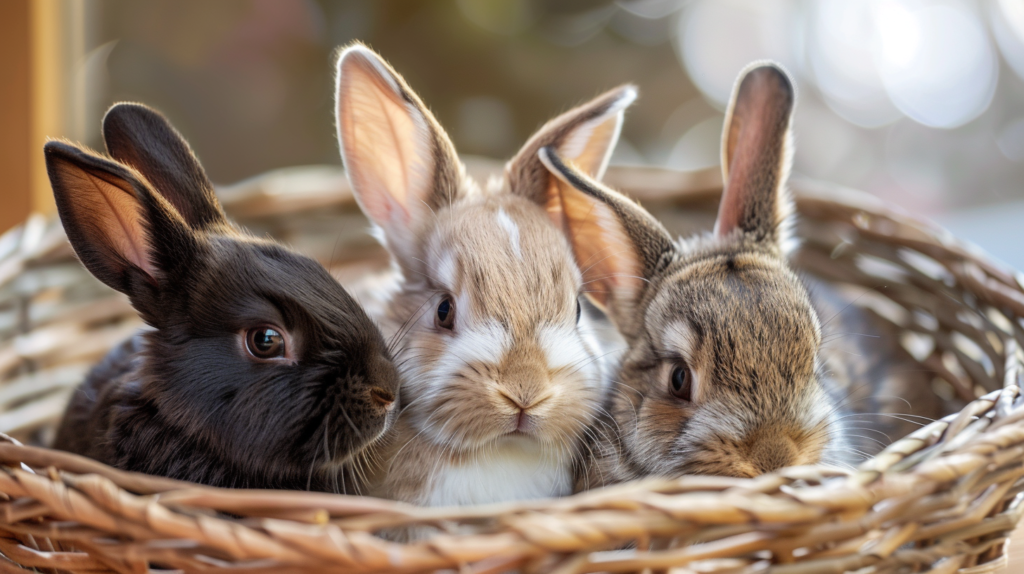
Tip #3: Address Common Training Challenges
Even with perfect setup and consistent routines, some rabbits present unique challenges that require targeted solutions. Understanding these common issues and their solutions prevents frustration and maintains training progress.
Territorial Marking Behavior
Unspayed or unneutered rabbits are significantly more likely to mark territory with urine, making litter training more challenging. According to veterinary behaviorists, spaying or neutering reduces marking behavior by up to 95% while also providing important health benefits.
Signs of Territorial Marking:
- Small amounts of urine in various locations
- Spraying on vertical surfaces
- Increased marking around other pets or new objects
- Marking behavior that increases during breeding seasons
If spaying/neutering isn’t immediately possible, try these interim solutions:
- Limit access to marked areas until training improves
- Use multiple litter boxes in different areas
- Clean marked areas thoroughly and frequently
- Provide additional enrichment to reduce stress-related marking
Multi-Rabbit Household Considerations
Households with multiple rabbits require special attention to litter training dynamics. Dominant rabbits may claim primary litter boxes, forcing subordinate rabbits to find alternative locations.
Multi-Rabbit Solutions:
- Provide one litter box per rabbit plus one extra
- Place litter boxes in different areas to prevent guarding
- Monitor social dynamics during feeding and bathroom times
- Consider separate training periods for each rabbit initially
Age-Related Training Adjustments
Young Rabbits (Under 6 Months): Young rabbits have less bladder control and may require more frequent litter box access. Patience is essential, as physical development continues until 6-8 months of age.
Senior Rabbits (Over 7 Years): Older rabbits may develop arthritis or other mobility issues that make standard litter boxes difficult to use. Consider lower-sided boxes or ramps for easier access.
Medical Considerations: Sudden changes in litter box habits can indicate health issues including urinary tract infections, digestive problems, or pain-related conditions. Consult with a rabbit-experienced veterinarian if training regression occurs suddenly.
Advanced Training Techniques and Troubleshooting
Environmental Enrichment for Better Training
A stimulating environment supports better litter training outcomes by reducing stress and encouraging natural behaviors. Bored or stressed rabbits are more likely to develop inappropriate elimination habits.
Enrichment Strategies:
- Provide hiding spots near litter areas
- Offer multiple hay sources throughout the living space
- Include safe chew toys to reduce anxiety
- Ensure adequate exercise time outside confined spaces
Seasonal Training Adjustments
Some rabbits show seasonal variations in bathroom habits, particularly during spring and fall when natural breeding instincts are strongest. During these periods, even well-trained rabbits may experience temporary setbacks.
Monitor your rabbit more closely during these times and return to basic training protocols if necessary. Increased cleaning frequency and additional positive reinforcement often resolve seasonal challenges quickly.
Integration with Free-Roaming Lifestyle
Many rabbit owners ultimately want their pets to have free roam of larger areas or entire homes. Successful litter training forms the foundation for this lifestyle, but requires gradual expansion of access areas.
Free-Roam Progression:
- Master single-room training completely
- Add one additional room with its own litter box
- Gradually increase access while monitoring success
- Maintain multiple litter stations throughout larger spaces
- Regular maintenance and cleaning schedule becomes crucial
Health Benefits of Proper Litter Training
Successful rabbit litter training provides significant health advantages beyond simple cleanliness. These benefits justify the time and effort invested in proper training techniques.
Hygiene and Disease Prevention
Concentrated waste in appropriate litter boxes reduces the risk of bacterial infections that can develop from contact with soiled bedding or flooring. Rabbits who sit in their own waste are susceptible to urinary tract infections and skin irritations.
Regular litter box maintenance allows for easy monitoring of your rabbit’s health through waste observation. Changes in urine color, frequency, or consistency often indicate health issues before other symptoms appear.
Stress Reduction
Rabbits naturally prefer clean environments, and proper litter training reduces stress associated with soiled living areas. Lower stress levels contribute to better immune function and overall health.
A 2019 study published in the Journal of Applied Animal Welfare Science found that rabbits with consistent, clean bathroom facilities showed 40% lower cortisol levels compared to rabbits in constantly soiled environments.
Improved Human-Animal Bond
Clean, odor-free living environments make human-rabbit interaction more enjoyable and frequent. This increased interaction strengthens the bond between pet and owner while providing important socialization for the rabbit.
Creating Long-Term Success
Maintenance Schedules
Consistent maintenance prevents odor buildup and maintains your rabbit’s willingness to use the litter box. Develop a daily and weekly cleaning routine that becomes second nature.
Daily Tasks:
- Remove soiled litter and replace as needed
- Refill hay supplies in or near litter box
- Quick visual inspection for health changes
- Spot clean any accidents immediately
Weekly Tasks:
- Complete litter box wash and disinfection
- Deep clean surrounding floor areas
- Replace all litter with fresh materials
- Inspect box for wear or damage
Monitoring and Adjustments
Successful long-term litter training requires ongoing observation and willingness to make adjustments. Life changes, aging, or health issues may require modifications to your established routine.
Keep a simple log of accidents or changes in bathroom habits. Patterns often reveal underlying causes that can be addressed before they become major problems.
Monitoring Checklist:
- Frequency of litter box use
- Accident locations and timing
- Changes in waste appearance or quantity
- Behavioral changes around bathroom time
- Environmental factors that might influence habits
Expert Insights and Case Studies
Veterinary Perspectives
Dr. Sarah Mitchell, DVM, specializing in exotic pets, notes: “The most common mistake I see in rabbit litter training is inconsistency in approach. Rabbits learn through repetition and positive association. Owners who change methods frequently or use punishment-based techniques typically see poor results.”
Success Story: Rescue Rabbit Rehabilitation
The Midwest Rabbit Rescue reports a 95% success rate with their litter training program for adult rescue rabbits. Their approach focuses on patience, environmental modification, and understanding each rabbit’s individual history and preferences.
One notable case involved a 4-year-old Holland Lop named Buttons who had never been litter trained. Using the techniques outlined in this guide, volunteers achieved complete litter training within three weeks. Buttons was subsequently adopted into a loving home where his good bathroom habits made him an ideal house rabbit.
Research-Based Recommendations
A comprehensive study by the University of California’s School of Veterinary Medicine followed 200 house rabbits through litter training programs. Key findings included:
- 89% success rate within 4 weeks using positive reinforcement methods
- Spayed/neutered rabbits showed 3x higher success rates
- Consistent daily routines improved outcomes by 45%
- Multi-box setups reduced training time by an average of 1.5 weeks
Frequently Asked Questions
How long does rabbit litter training typically take?
Most rabbits show significant improvement within 2-4 weeks of consistent training. However, complete mastery can take 6-8 weeks, especially for unspayed/unneutered rabbits or those with previous poor bathroom habits. Age, health status, and individual personality all influence training timeline.
Can older rabbits be successfully litter trained?
Yes, adult and senior rabbits can absolutely be litter trained, though it may take slightly longer than training young rabbits. Older rabbits often have established habits that need to be modified, but their increased attention span and calmer demeanor can actually work in favor of training efforts.
What should I do if my rabbit stops using the litter box after being trained?
Sudden regression in litter habits often indicates health issues, stress, or environmental changes. First, schedule a veterinary examination to rule out medical causes. Then evaluate recent changes in routine, living environment, or social dynamics that might be causing stress.
Is it normal for rabbits to eat while in the litter box?
Yes, this is completely normal behavior. Rabbits naturally eat and eliminate simultaneously, which is why placing hay in or near the litter box is so effective for training. This behavior mimics their natural instincts and actually encourages proper litter box use.
How many litter boxes does one rabbit need?
Generally, one rabbit needs one primary litter box, but additional boxes can be helpful in larger living spaces or multi-level environments. The rule of thumb is one box per rabbit plus one extra in multi-rabbit households.
Can I use regular cat litter for my rabbit?
No, never use clay-based or clumping cat litters for rabbits. These materials can cause serious digestive blockages if ingested. Stick to paper-based, wood pellet, or hay-based litters specifically designed for small animals or confirmed safe for rabbits.
For more expert pet care tips and product recommendations, visit BlithePet.com your trusted source for pet wellness.
Conclusion
Successful rabbit litter training transforms the pet ownership experience from constant cleanup to enjoyable companionship. The three simple techniques outlined in this guide—proper litter box setup, consistent training routines, and proactive challenge management—provide a comprehensive foundation for achieving long-term success.
Remember that patience and consistency are your greatest tools in this process. Every rabbit learns at their own pace, and what works perfectly for one bunny might require modifications for another. The key is maintaining positive reinforcement, observing your rabbit’s individual preferences, and adjusting your approach as needed.
The investment of time and effort in proper litter training pays dividends through improved hygiene, better health outcomes, and a stronger bond with your rabbit companion. With these proven strategies and a commitment to consistency, you’ll soon enjoy the benefits of a clean, odor-free habitat that both you and your rabbit will appreciate.
Have a similar experience with your pet? Share it in the comments below!

